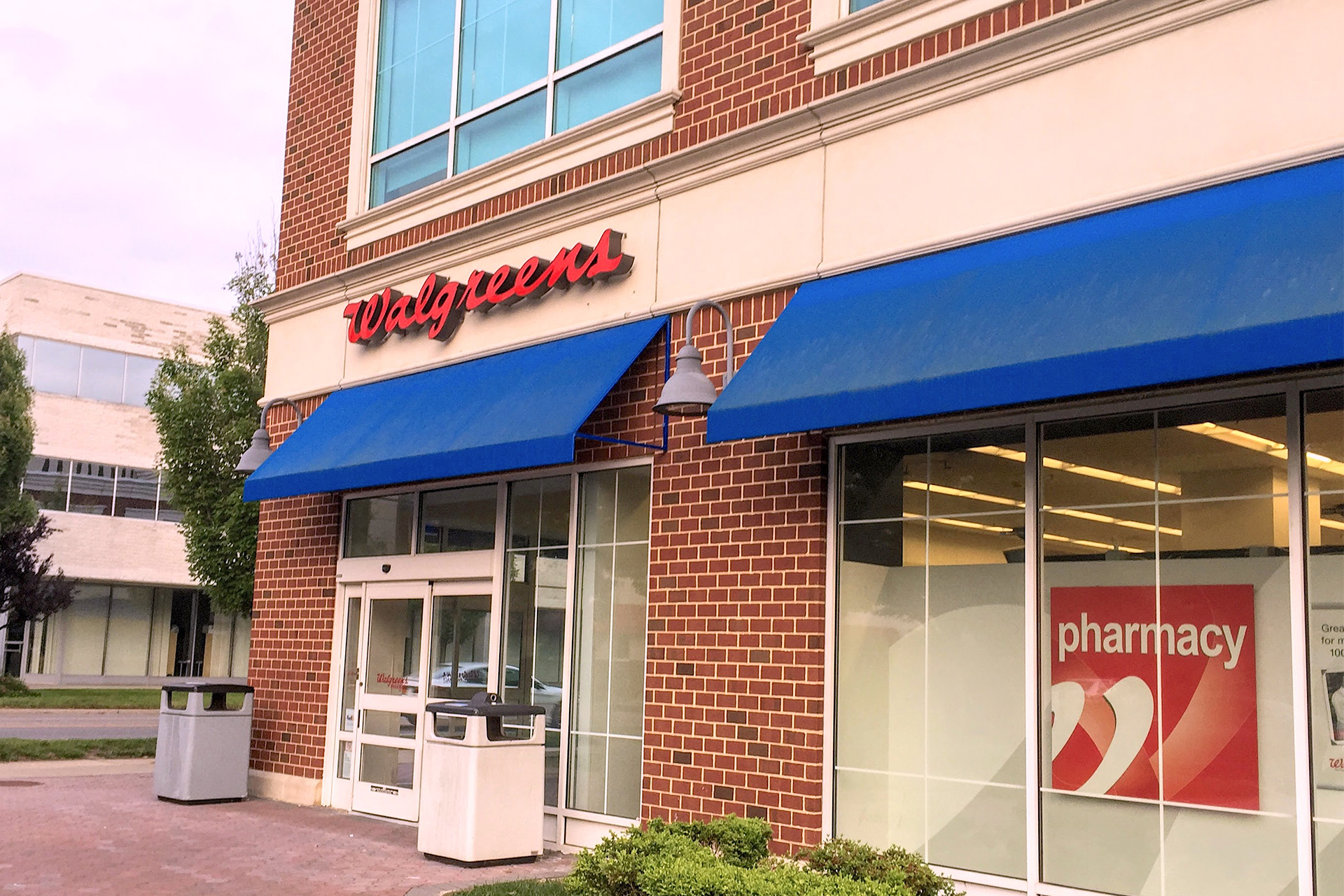A day after announcing health services industry veteran Tim Wentworth would be its new CEO, Walgreens Boots alliance released fourth-quarter financial results that fell short on a Wall Street estimate for earnings but exceeded on revenue.
Walgreens fell short of a Yahoo Finance-published analyst consensus estimate for adjusted diluted sales of 69 cents but topped a revenue estimate of $34.78 billion.
Net sales were $35.42 billion versus $32.45 billion in the year-before quarter, Walgreens reported. Operating loss was $450 million versus $822 million in the year-previous period while adjusted operating income was $683 million versus $744 million.
The U.S. Retail Pharmacy segment fourth quarter sales were $27.67 billion, an increase of 3.7% from the year-past quarter, as comparable sales increased 5.7% year over year, and retail comps decreased 3.3% because of macroeconomic pressure and lower sales in some over-the-counter medicine items, Walgreens maintained.
For the full fiscal year, Walgreens posted a company loss of $3.08 billion, or $3.57 per diluted share, versus net earnings or $4.34 billion, or $5.01 per diluted share, in the year prior. Adjusted net earnings were $3.44 billion, or $3.98 per diluted share, versus $4.36 billion, or $5.04 per diluted share, in the year earlier, the company indicated.
Full-year net sales were $139.08 billion versus $132.7 billion in the year before. Operating loss was $6.88 billion versus operating income of $1.39 billion in the year previous while adjusted operating income was $3.87 billion versus $5.13 billion. The U.S. Retail Pharmacy segment sales for the full year were $110.31 billion versus $109.1 billion in the year past.
Walgreens Interim CEO Ginger Graham, who returns to her board post when Wentworth takes up the chief executive role, said in a conference call,” Walgreens is working to solidify operations and improve financial performance by, among other measures, closing unprofitable stores and driving supply chain efficiencies, using AI to more accurately forecast demand and optimize the transportation network. Walgreens also is establishing centralized services that control inventory, reduce workload, and provide better customer support even as it reevaluates all projects, halting those that are not essential. Further, she said, Walgreens is reducing SKUs, addressing slow-moving product categories, and moving e-commerce shipments to store fulfillment. The company also is advancing its private label operation and makingprogress on own brands, Graham said, an opportunity that Walgreens had been slow to capture.
In announcing the financial results, Graham added, “Our performance this year has not reflected WBA’s strong assets, brand legacy or our commitment to our customers and patients. In just six weeks, we have taken a number of steps to align our cost structure with our business performance, including planned cost reductions of at least $1 billion, and lowered capital expenditures by approximately $600 million. We anticipate seeing the impact of these actions in fiscal 2024, beginning in the second quarter. We are also intently focused on accelerating our profitability in the U.S. Healthcare segment. As we welcome our new chief executive officer, Tim Wentworth, who brings deep healthcare experience and the skills needed to propel WBA forward, along with the support of the board, I am confident in our company’s future and the ability to deliver greater value to our customers, shareholders, partners and employees.”





